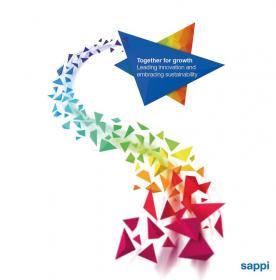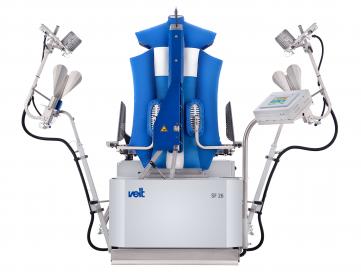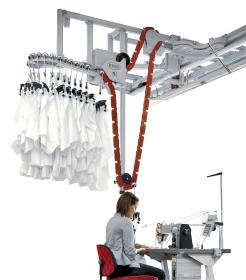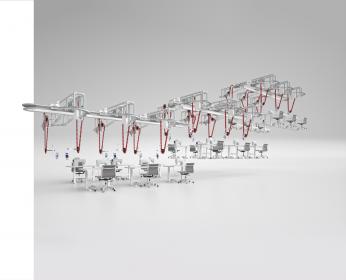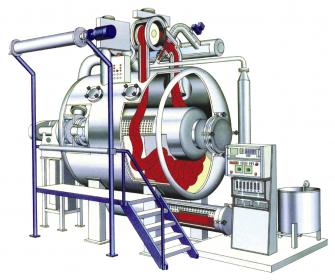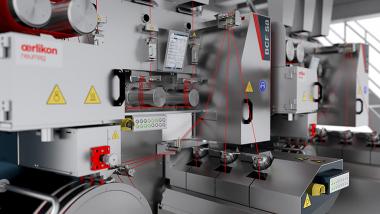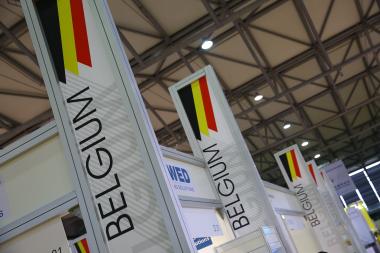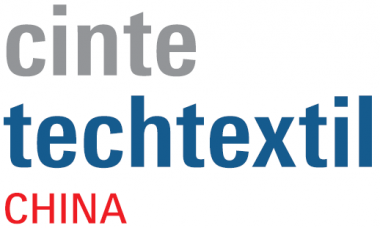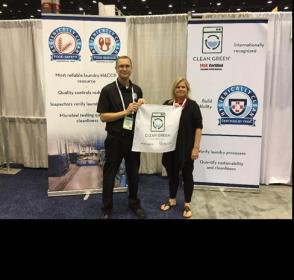Sappi highlights new dye sublimation papers at the FESPA Global Print Expo
Printing textiles and hard substrates with impressive results: this is what Transjet dye sublimation papers from Sappi stand for. The new Transjet Drive is a sublimation paper optimised for industrial printers with a glue-belt system and will be showcased for the first time at FESPA trade fair in Munich. Sappi will also be presenting its inkjet papers for large-format applications, the Fusion Topliner containerboard and various silicone base papers at Stand B6-B30.
A highlight is the Transjet portfolio, with which fashion and home textiles, hard substrates and sportswear can be customised and personalised in strong colours using transfer printing. These papers are also suitable for soft signage, i.e. textile printing in marketing and advertising.
The new Transjet Drive sublimation paper is primarily tailored to industrial printers with a glue-belt system. The exceptionally smooth reverse side is a key feature. This advantage and the remarkable fast ink-drying on the printed side increase runnability and efficiency during the production process. Optimal cost efficiency and consistent reliability are central benefits for this and all other dye sublimation papers from Sappi. At the same time, they ensure consistent ink transfer with minimal ink consumption, are PE-free and contain 100 percent recyclable pulp.
Sappi
RUESS PUBLIC T GMBH


